Ruby Spice Summersweet
$34.50 Original price was: $34.50.$24.15Current price is: $24.15.
- Free Shipping over $25
- Fast & reliable delivery options
- Enjoy top quality items for less
- Multiple safe payment methods

Much as we love our American wild plants, many are best planted in natural or wild areas – they can be too untidy to fit well into a more organized garden. Not the Ruby Spice Summersweet. This shrub, which is native to the eastern states, is neat and attractive, with bright pink blooms from mid to late summer. It’s a long blooming season of at least 6 weeks, just when the blooms of other shrubs are becoming a memory. Its size – no more than 6 feet tall – means it’s perfect in smaller beds or gardens, and we love to see it massed along a stream, or beside water, where it thrives in the moist soil. Not only is it sweetly fragrant, it’s a magnet for butterflies and hummingbirds, which we all love to see in our gardens. Easy to grow in most zones, we simply can’t understand why this shrub is not seen in every garden – make sure it’s in yours.
Growing Ruby Spice Summersweet
Size and Appearance
The Ruby Spice Summersweet is an upright mounding shrub, growing 5 or 6 feet tall and 4 or 5 feet wide. It is deciduous, with smooth, glossy, mid-green leaves that turn golden yellow in fall. The leaves are ½ to 3 inches long, and up to 1½ inches wide. They have a distinctive wedge-shape, with a narrow tapering base and a rounded end, and fine serrations along the edges. New leaves are an attractive bronzy color, which lasts well through spring, and by the time flowering begins they have taken on their mature rich green coloring.
Flowering takes place on the end of new shoots, and by July or early August they begin to appear. A fat, upright cylinder of flowers, usually 3 inches long, but up to 6 inches long, sprouts from the end of the shoot, and it is packed with many, many tiny flowers, a little more than ¼ inch across. Perched on tiny stalks the blooms have 5 flat petals that are bright, rosy pink, with a fuzzy cluster of stamens protruding from the center. These delightful bottlebrushes release a powerful sweet perfume, which of course is the source of the plant’s common name. Rising above the leaves, the whole effect is bright and charming, especially with the insects and beautiful hummingbirds hovering around them. The flowers are followed by brown seed pods that look attractive all through winter. The flowers persist for a long time, and this shrub has one of the longest flowering periods of any, and still in bloom at the end of September.
Using Ruby Spice Summersweet in Your Garden
This lovely shrub is perfect in all your shrub beds, among evergreens, or beneath larger trees. Use it in the middle parts of large beds, or at the back of smaller ones. Grow it along a pathway or drive, or perhaps bordering wooded areas. Plant it in the moist soil along a stream or beside a lake. It looks just as good in a garden bed as it does in a natural setting – and it’s a native plant, so it sure fits well into a natural garden.
Hardiness
The Ruby Spice Summersweet is incredibly hardy, growing perfectly from zone 4 to 8, and into zone 9 in the northeast, and zone 3 with perhaps a little winter injury. Since it blooms on new branches any winterkill won’t affect flowering, just keep your bushes a little shorter.
Sun Exposure and Soil Conditions
In cool zones a sunny location is acceptable, and in warmer areas some afternoon shade is ideal. The Ruby Spice Summersweet will also grow well in light shade beneath deciduous trees, if the soil is not also dry. It will even tolerate full shade, although flowering might be reduced. It grows well in all types of soil, from sand to clay, but it does not like strongly alkaline soils with a pH value over 7.5, and it has a general preference for acidic soils. It does need regular moisture, particularly in hot zones, and although good-drainage is recommended, it will grow well in wet ground too – such as beside water.
Maintenance and Pruning
Usually free of pests or diseases, and ignored by deer, the Ruby Spice Summersweet is an easy bush to grow. Avoid letting it become dry for long, and water new plants regularly. With its neat compact growth, little or no pruning is needed, but if you do want to control the size a little, or do some trimming, late winter or early spring is best. Don’t trim new growth, as this will reduce or eliminate flowering – and you wouldn’t want to miss out on all that beauty.
If you have grown older types of summersweet you might have had problems with it spreading and suckering from the ground. This is natural, but the Ruby Spice Summersweet produces very few, if any suckers, keeping its neat form perfectly. If you do see the occasional shoot coming from below the soil nearby, dig down a bit and cut it off cleanly from the root.
History and Origin of Ruby Spice Summersweet
Summersweet, Clethra alnifolia, is native to North America, where it grows all the way from Maine to Florida, and west into Texas. It’s usually found in sandy soils, near streams and marshes, or near the seashore. It is also sometimes called pepperbush, because the seed pods look like peppercorns, although they don’t have any peppery flavor.
There are several older garden selections of this plant, and a popular one is called ‘Pink Spire’. It grows over 6 feet tall, and unfortunately it often suckers and spreads. In 1992 Andy Brand was working with some plants of that variety at his Broken Arrow nursery in Hamden, Connecticut. A sharp-eyed expert, he noticed on one bush a branch that had flowers of a much richer pink. When he grew plants from some pieces of that branch, he found he had a more compact, upright bush, with much darker blooms that made a colorful garden show. He named it ‘Ruby Spice’.
Buying Ruby Spice Summersweet at The Tree Center
Longwood Gardens is a major teaching and research center for horticulture, at Kennett Square in Pennsylvania. From 1999 to 2006 they grew and studied many varieties of summersweet. ‘Ruby Spice’ stood out for its attractive growth, lack of suckering, and dark flower color, and it was highly-rated. We worked hard to track down some plants, but we only found a limited supply. That means they will soon be gone, so order now – a great garden starts with great plants.
Be the first to review “Ruby Spice Summersweet” Cancel reply
Related products
Ornamental Grasses
Boxwood Shrubs
Knock Out® Roses
Hydrangeas
Knock Out® Roses
Butterfly Bush
Drift® Roses
Shrubs and Hedges

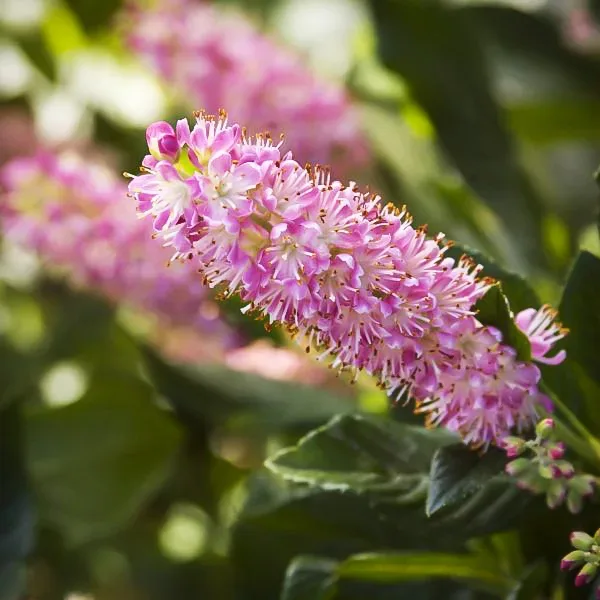
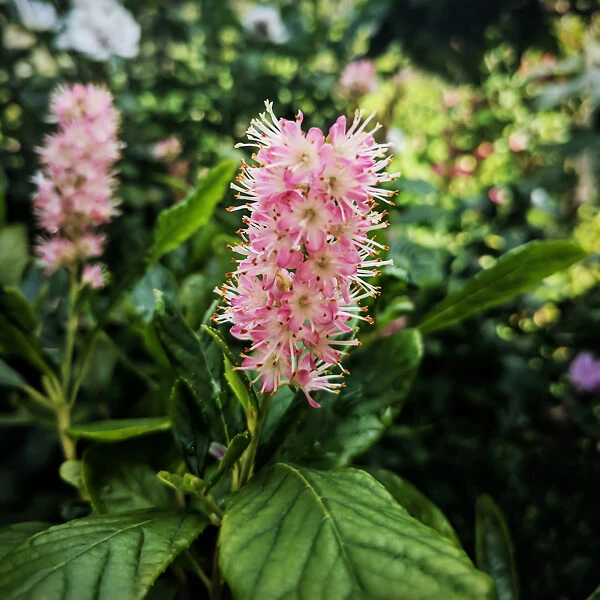
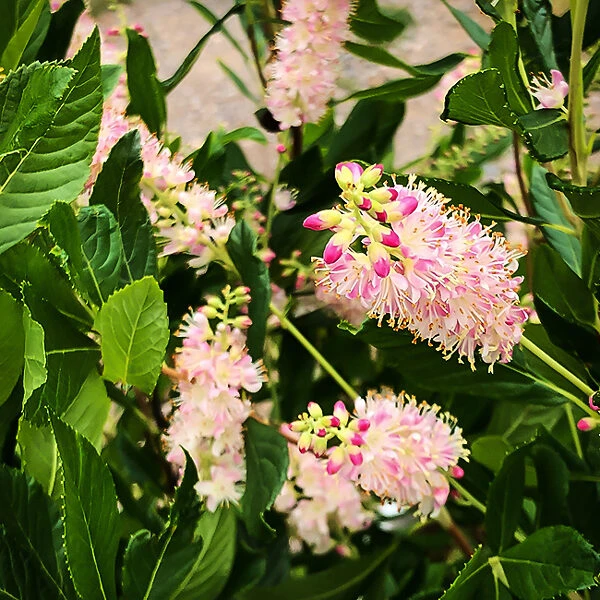
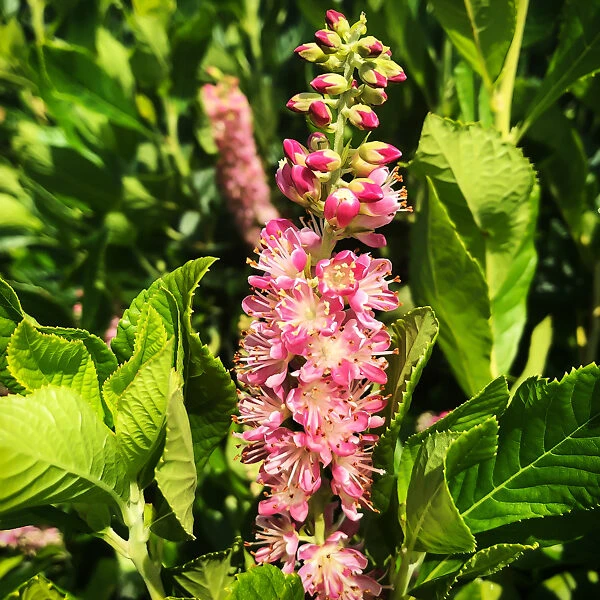
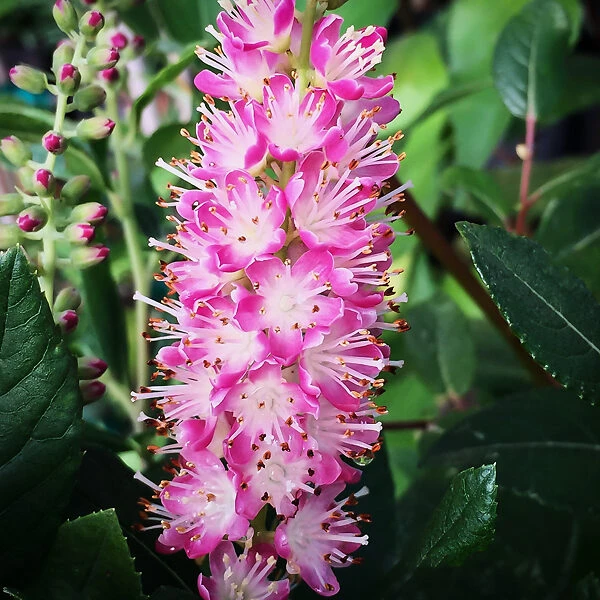
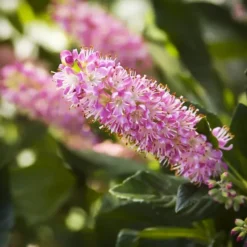


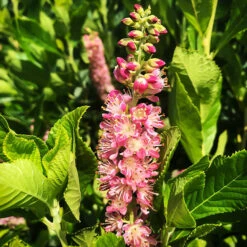

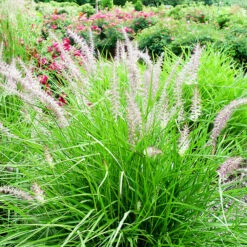
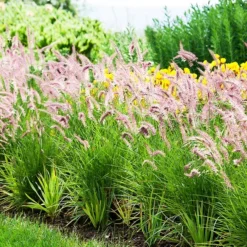


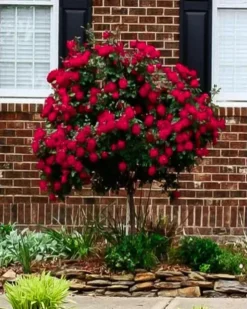


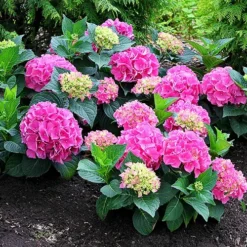

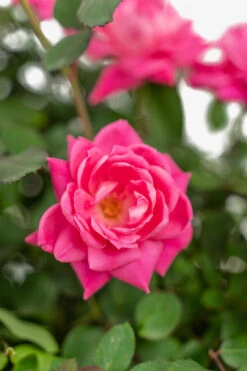

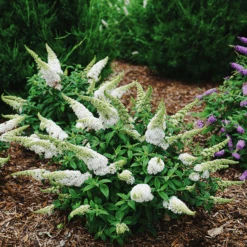
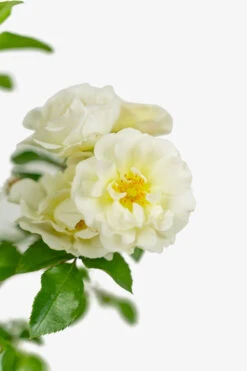
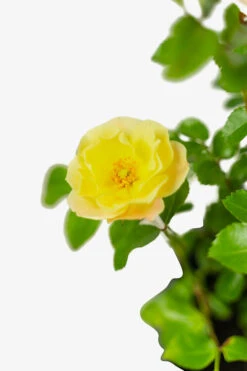
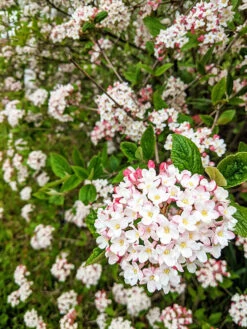
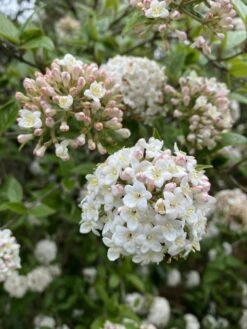
Reviews
There are no reviews yet.